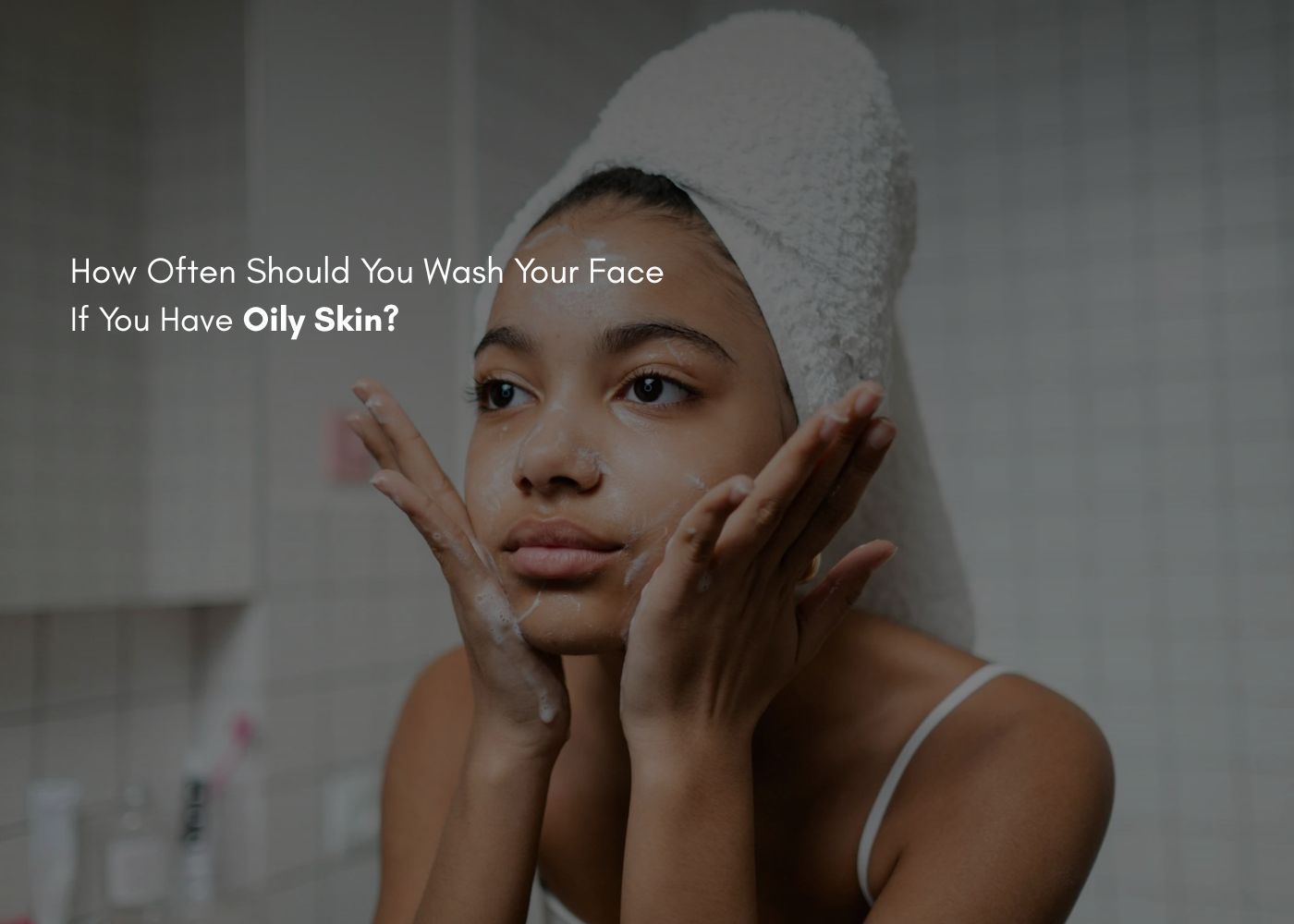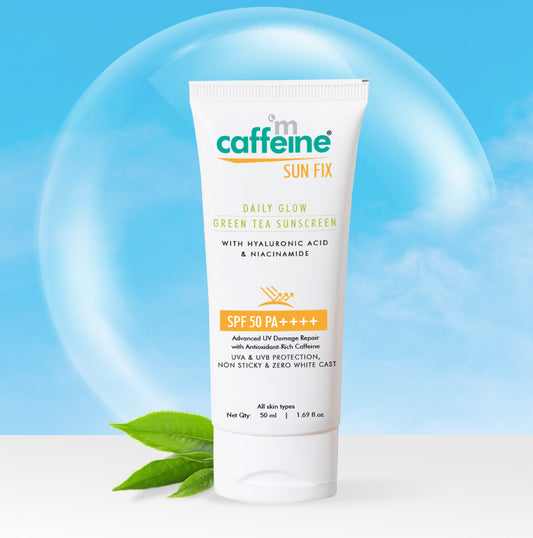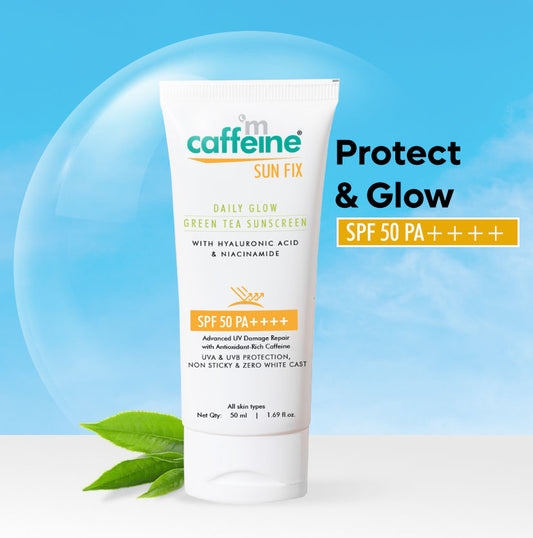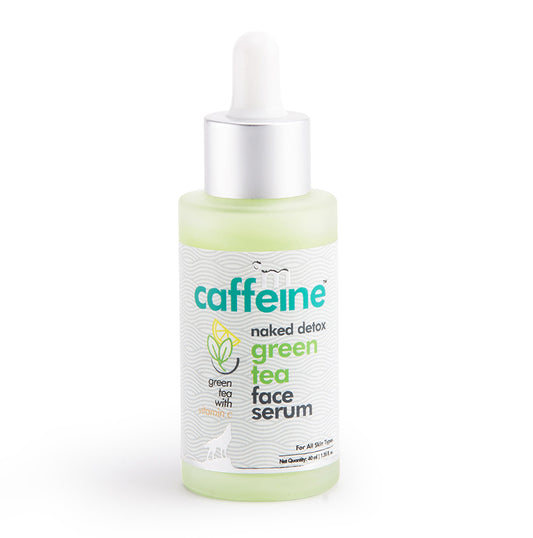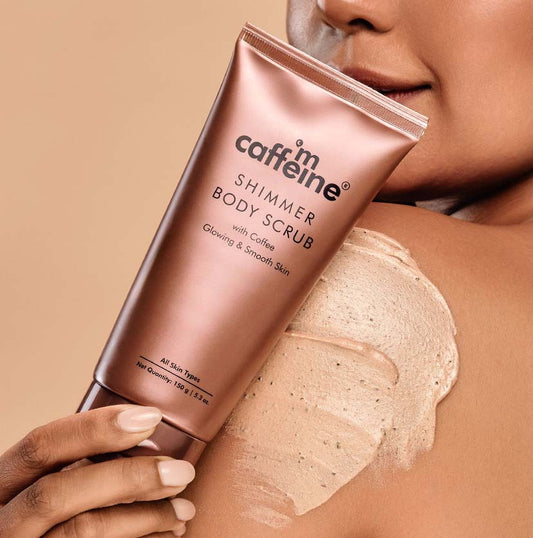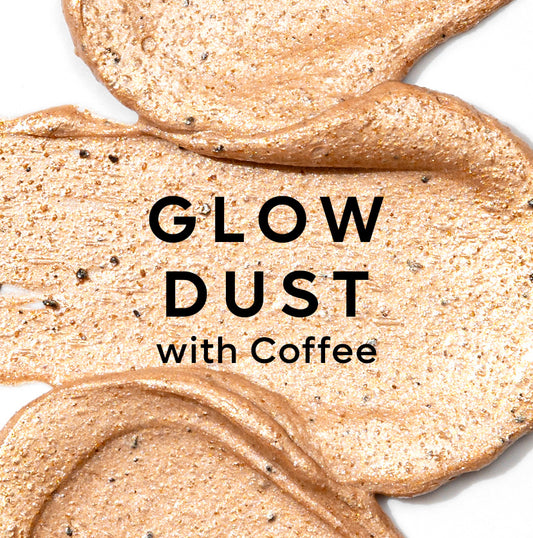Acne and Pimples: Skincare and Differences Explained
06 Jan 2025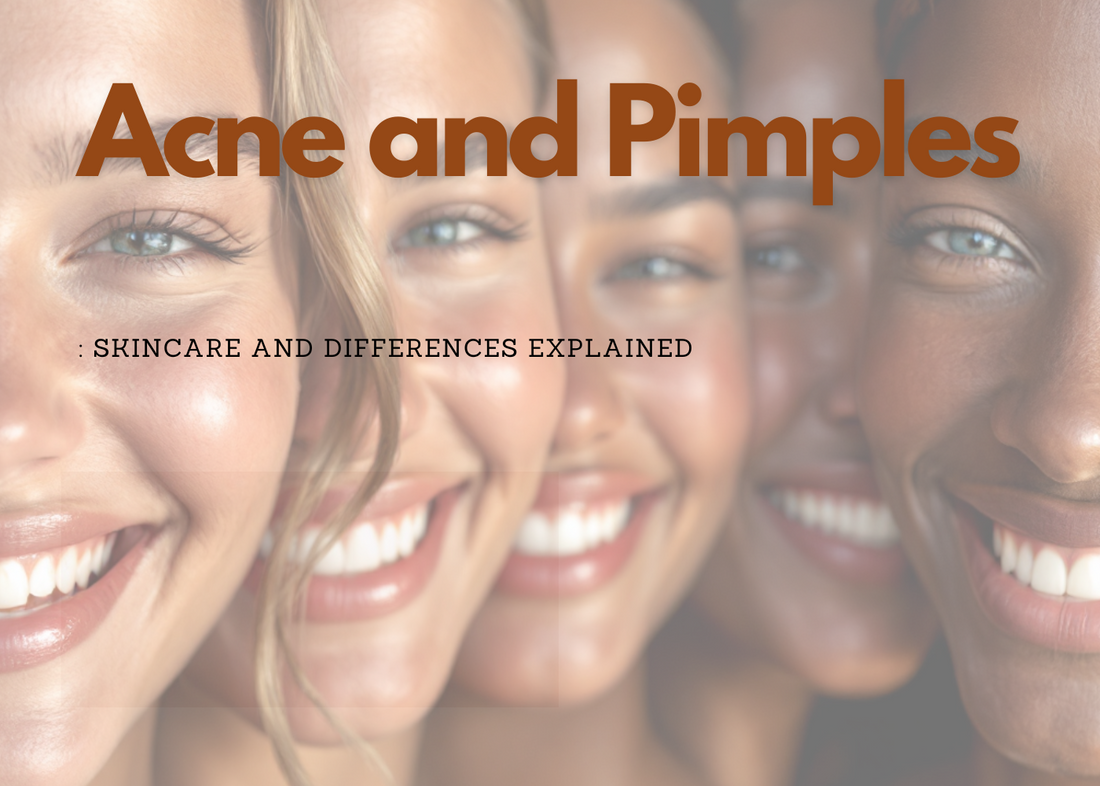
Table of content:
|
Understanding Pimples and Acne
Pimples and acne are common skin conditions that affect many people, especially during adolescence but also into adulthood. Understanding the different types can help in managing and treating them effectively.
What Are Pimples?
Pimples, also known as zits or spots, are part of the acne skin condition. They form when the pores of the skin become clogged with excess oil, dead skin cells, and bacteria, leading to inflammation. Here are the common types of pimples:
-
Papules: These are small, raised, red bumps that may feel tender or painful. They form when the walls surrounding your pores break down due to severe inflammation, leading to hard, clogged pores that are tender to the touch.
-
Pustules: These are similar to papules but have white or yellow pus at their tips. They are the classic type of pimple that most people recognize, with a red base and a pus-filled top, indicating a minor infection.
-
Nodules: These are large, hard pimples that are embedded deep within the skin. They are often painful and develop when clogged, swollen pores endure further irritation and grow larger.
-
Cysts: The most severe form of the pimple, cysts are large pus-filled lesions that look similar to boils. They are deeply embedded in the skin, can be very painful, and can cause scars.
What Is Acne?
Acne is a broader term encompassing various types of blemishes that involve hair follicles and oil glands. It's not just about oily skin but also about how the body sheds skin cells and how bacteria play a role in the inflammation. Types of acne blemishes include:
-
Whiteheads (Closed Comedones): These are small blemishes with a white tip that form when oil and skin cells prevent a clogged hair follicle from opening.
-
Blackheads (Open Comedones): These are similar to whiteheads, but they are open to the surface, and the oil has oxidized with the air, turning it black.
-
Papules: Already described under pimples, these form as part of inflammatory acne and indicate a more severe irritation beneath the skin.
-
Pustules: As mentioned, these are an inflamed type of acne filled with pus. They can form when the walls around your pores break down.
-
Nodules: This severe form of acne occurs when clogged, swollen pores endure further irritation and grow larger.
-
Cysts: The most severe type of acne lesion, these are large, pus-filled, and can cause significant pain and scarring.
-
Acne Fulminans: A rare and very severe form of acne that involves sudden, severe inflammation. It often comes with systemic symptoms like fever and joint pain.
-
Acne Conglobata: A highly inflammatory disease presenting with comedones, nodules, abscesses, and frequent scarring. It is more chronic and severe than typical acne.
Causes of Pimples and Acne
Hormonal Changes
Hormonal fluctuations during puberty, menstruation, or pregnancy can increase oil production, leading to acne breakouts.
Excess Oil Production
Overactive sebaceous glands produce excess oil (sebum), which can clog pores when combined with dead skin cells.
Bacteria
Bacteria known as Propionibacterium acnes thrive in clogged pores, causing inflammation and pimples.
Genetics
A family history of acne can make you more prone to developing this skin condition.
Lifestyle Factors
Stress, diet, certain medications, and skincare products can contribute to acne. High intake of sugar and dairy products may exacerbate skin irritation in some individuals.
Salicylic Acid in Skincare
What Is Salicylic Acid?
Salicylic acid is a beta-hydroxy acid (BHA) commonly used in skincare for its ability to exfoliate the skin and unclog pores. It's an effective ingredient for treating acne and pimples.
Benefits of Salicylic Acid
-
Exfoliates Dead Skin Cells: Helps remove the top layer of skin, preventing clogged pores.
-
Reduces Inflammation: Soothes irritated skin and reduces redness.
-
Unclogs Pores: Penetrates deep into pores to dissolve excess oil and debris.
-
Prevents Future Breakouts: Regular use keeps pores clear and reduces the likelihood of new pimples forming.
Including a product like the 2% Salicylic Acid Serum can enhance your skincare routine by targeting acne at its source.
Dealing with Dark Spots and Hyperpigmentation
Understanding Dark Spots
Dark spots, or hyperpigmentation, occur when excess melanin forms deposits in the skin. They often result from acne scars, sun damage, or skin inflammation. These spots can affect all skin types but may be more pronounced in darker skin tones.
Causes of Hyperpigmentation
-
Happens after the skin heals from an injury like acne.
-
Excessive sun exposure increases melanin production.
-
Conditions like melasma during pregnancy can cause dark patches.
Treatment Options Topical Treatments
Kojic Acid: Inhibits melanin production, helping to lighten dark spots.
Alpha Arbutin: Reduces the appearance of hyperpigmentation.
Niacinamide: Improves skin tone and reduces discoloration.
The Clear Glow De-Pigmentation Cream combines these ingredients to target dark spots effectively.
Sunscreen Use
Applying a sun protective product daily prevents existing dark spots from getting darker and new ones from forming. The Sun Fix Ultra-Light Sunscreen SPF 50 PA+++ offers high-level protection without feeling heavy on the skin.
Professional Procedures
-
Use acids like glycolic acid to exfoliate the top layer of skin.
-
Targets pigmentation at deeper skin layers.
-
Stimulates collagen production and can improve hyperpigmentation.
Consulting a dermatologist can help determine the best treatment option for your skin type and condition.
Treatment Options for Acne and Pimples: Over-the-Counter Products
-
Help unclog pores and reduce oiliness.
-
Kills acne-causing bacteria and reduces inflammation.
-
Promote cell turnover to prevent clogged pores.
Prescription Medications
Reduce bacteria and fight inflammation.
Birth control pills or anti-androgen medications for hormonal acne.
Professional Treatments
-
Exfoliate deeper layers of skin to improve texture and tone.
-
Reduces acne scars and stimulates new skin growth.
-
Dermatologists can safely remove blackheads and whiteheads.
Skincare Tips for Clearer Skin: Establish a Daily Routine
Wash your face twice a day with a mild cleanser to remove dirt and excess oil.
Keep skin hydrated with a non-comedogenic moisturizer.
Use the Right Products
Prevents clogged pores.
Incorporate products with salicylic acid, niacinamide, or retinoids.
Protect Your Skin
Apply sunscreen daily to prevent sun damage and hyperpigmentation.
Healthy Lifestyle Habits
-
Focus on whole foods rich in antioxidants, vitamins, and minerals.
-
Drink plenty of water to support skin health.
-
Practice relaxation techniques to reduce stress-related breakouts.
Avoid Aggravating the Skin
Popping them can lead to acne scars and worsen inflammation.
Regularly wash pillowcases and makeup brushes to reduce bacteria exposure.
For a comprehensive approach, the 2-Step Acne Control Kit provides essential products to help manage acne and pimples effectively.
Conclusion
Understanding the differences between acne and pimples is a crucial step toward effective skincare. By identifying the causes and incorporating ingredients like salicylic acid into your routine, you can manage and reduce skin issues like acne scars, dark spots, and hyperpigmentation. Taking care of your skin involves a combination of proper skincare practices, healthy lifestyle choices, and sometimes professional guidance.
Begin your journey to clearer, healthier skin with mCaffeine's specialized products. Explore the Acne Control Range and find solutions tailored to your needs.
FAQs
Can Salicylic Acid Remove Dark Spots?
Salicylic acid can help fade dark spots over time by exfoliating the skin and promoting cell turnover. Consistent use may lead to a gradual improvement in hyperpigmentation.
Is Salicylic Acid Effective for Hyperpigmentation?
While salicylic acid aids in exfoliation, it's more effective when combined with other ingredients like kojic acid or niacinamide for treating hyperpigmentation.
What Are Other Treatments for Dark Spots?
Other treatments include products with glycolic acid, retinoids, vitamin C, and professional options like laser therapy or chemical peels. It's important to choose treatments suitable for your skin type to avoid skin irritation.
How Does Diet Affect Acne?
Diet can influence acne in some individuals. Reducing intake of high-sugar foods and dairy may help improve skin conditions. Incorporating foods rich in omega-3 fatty acids and antioxidants supports skin health.
What Steps Can I Take to Prevent Pimples?
-
Maintain a Consistent Skincare Routine: Cleansing, moisturizing, and protecting your skin daily.
-
Avoid Touching Your Face: Reduces the transfer of oils and bacteria.
Choose Suitable Skincare Products: Opt for non-comedogenic and gentle formulas.


